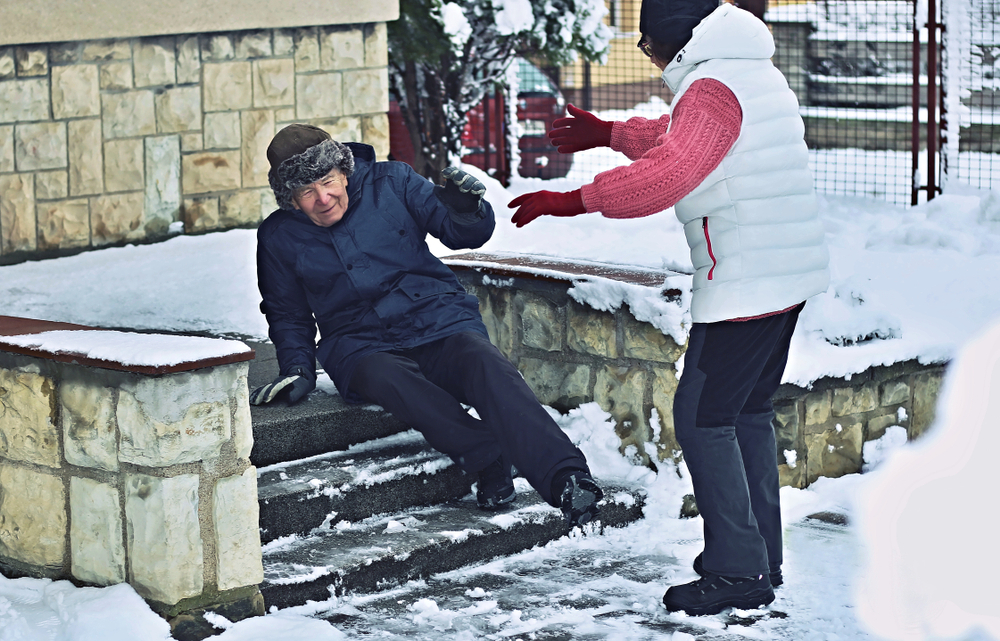Make an Appointment
This blog explores how multidisciplinary teams (MDTs) use assistive technology to support independence and participation for elderly and physically disabled individuals in everyday life.
For elderly Australians or people living with a physical disability, tasks like showering, cooking, travelling, or even communicating can feel overwhelming without the right supports. That is where assistive technology (AT) comes in, bridging the gap between what someone can currently do and what they want to achieve. Choosing the right AT is not just about picking a product. It requires the expertise of a group of allied health professionals working together to understand the person’s goals, assess their environment, and trial the tools that best match their needs.
From simple aids like jar openers to high-tech powered wheelchairs or voice-activated systems, assistive technology gives people the confidence to engage with life on their terms.
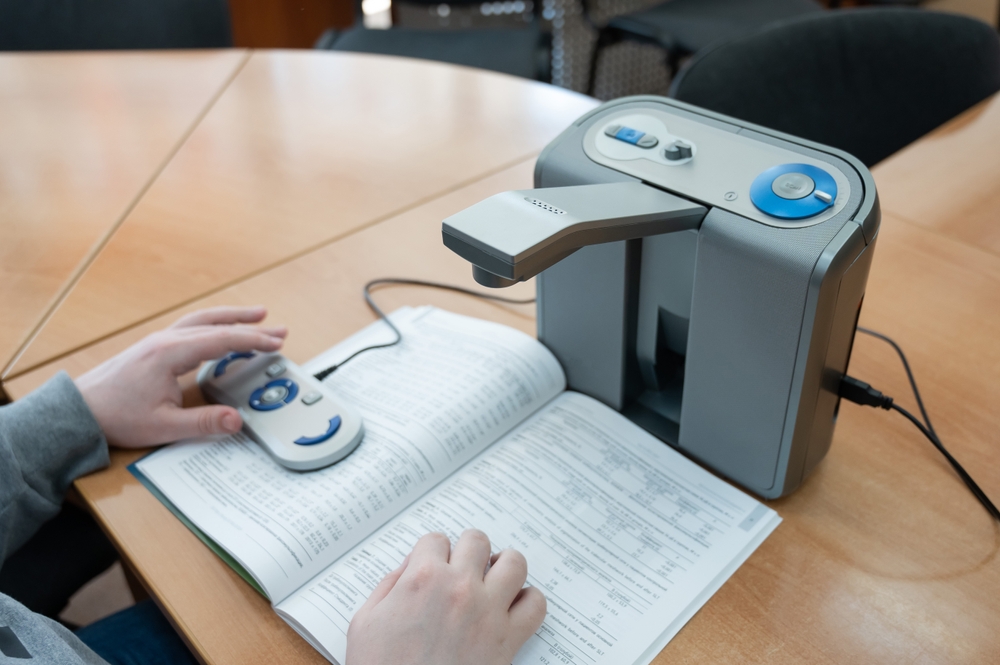
In What Ways Do Assistive Technologies Support Participation for Individuals With Disabilities?
Assistive technology (AT) refers to any device, equipment, or system that helps a person perform a task they would otherwise find difficult or impossible due to disability, injury, or ageing.
Assistive Technology is about providing individuals with participation, dignity, and control.
Here is how Assistive Technology supports individuals with disabilities:
- Enhancing physical function: Walking frames, powered chairs, hoists, and braces promote safe mobility.
- Improving communication: AAC devices, speech apps, and hearing amplifiers give individuals a voice.
- Supporting daily living: Adaptive tools and smart systems help manage self-care, cooking, and home safety.
- Increasing social connection: Tablets, speech-to-text apps, and communication boards keep people connected.
NDIS – Assistive Technology Overview
With the right tools and guidance, individuals can overcome barriers and engage more fully in the activities that matter most.

What Are the Assistive Technologies for the Elderly?
Elderly individuals often face a range of age-related changes, including reduced mobility, sensory decline, cognitive impairment, and chronic health conditions. Assistive technology offers practical solutions to help them remain safe, active, and connected, especially in their own homes.
Common AT solutions for older Australians:
1. Mobility and fall prevention aids
- Four-wheeled walkers (rollators)
- Bed rails and shower chairs
- Non-slip flooring or stair lifts
- Personal alarms and fall sensors
2. Vision and hearing supports
- Large-font digital displays
- Magnifiers and screen readers
- Hearing amplifiers and TTY phones
3. Cognitive aids
- Reminder clocks and calendar boards
- Pill organisers with alarms
- GPS trackers for people living with dementia
4. Environmental control systems and home automation
Smart home technology is transforming how elderly people manage their daily routines. For individuals with reduced strength, memory, or mobility, automation provides enormous benefits.
Examples include:
- Voice-activated assistants (Siri, Alexa, Google Home) to operate lights, thermostats, appliances, and alarms
- Smart lighting systems that turn on with voice or motion sensors
- Robot vacuum cleaners, floor mops, and lawn mowers to reduce physical effort in cleaning and yard care
- Smart locks and video doorbells that improve home security without requiring physical keys
- Automated appliance control such as coffee makers or oven shutoffs managed by phone or voice
These tools reduce falls and fatigue, whilst helping restore autonomy, simplify routines, and promote safety for those who prefer to age in place.
5. Home safety and daily living
- Long-handled cleaning or grooming tools
- Kettle tippers, tap turners, and jar openers
- Emergency call systems linked to carers or services
My Aged Care – Aids and Equipment
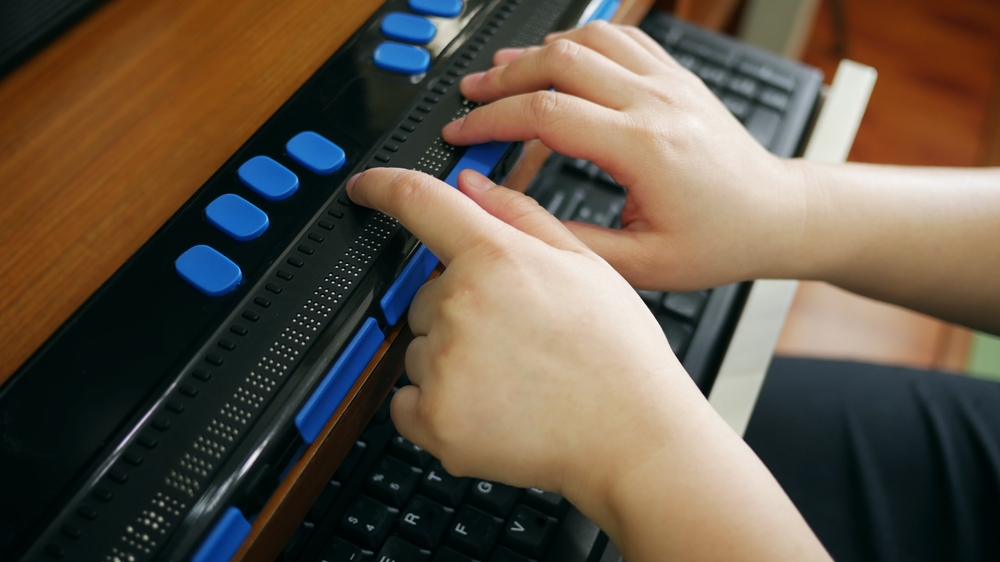
What Are Some Examples of Assistive Technologies That Help Individuals With Disabilities?
Assistive technology is incredibly diverse, and MDTs work closely with individuals and their carers to identify and trial options suited to their unique physical, sensory, and cognitive profile.
Functional examples include:
- Mobility supports: Powered wheelchairs, transfer boards, lift chairs, stair lifts
- Communication tools: AAC devices, speech-generating apps, custom keyboards
- Daily living aids: Adaptive cutlery, dressing aids, long-handled sponges
- Cognitive supports: Visual schedules, talking timers, reminder apps
- Environmental controls: Smart thermostats, motion-activated lighting, voice-controlled devices
- Transport and access tools: Vehicle modifications, public transport cards, GPS-based tracking
The role of the MDT is to ensure these tools are usable, safe, cost-effective, and fully integrated into the person’s routines.
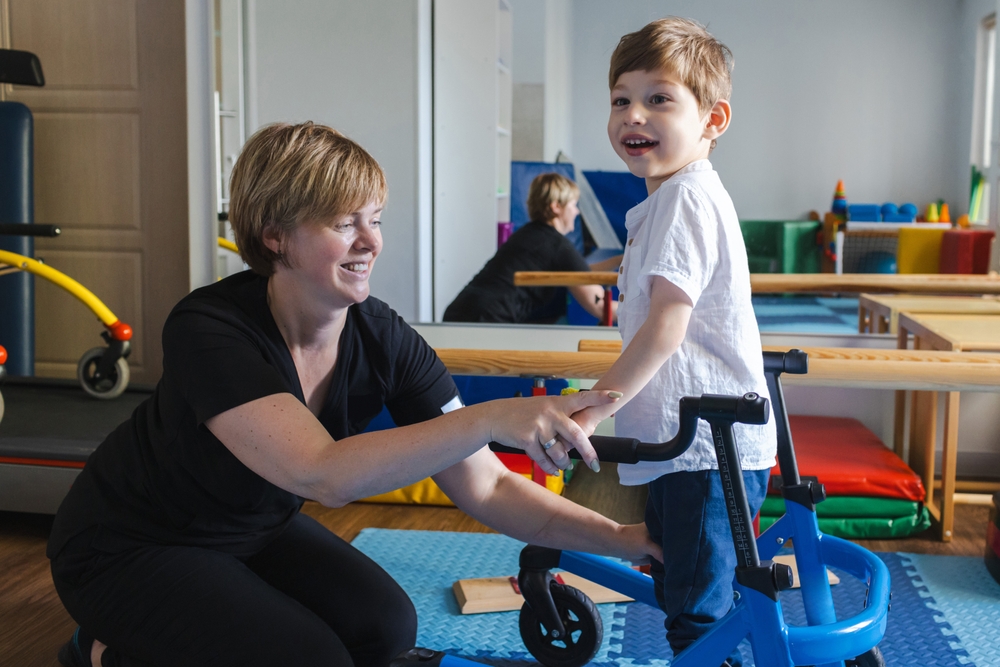
How Does the Use of Assistive Technology Assist the Person and Their Carer or Family to Increase Independence?
Assistive technology empowers individuals and supports the people who care for them.
Benefits for the person:
- Greater autonomy in daily activities
- Increased confidence and reduced frustration
- Improved safety in mobility, hygiene, and communication
- Access to activities and environments that were previously out of reach
- Enhanced participation in social, recreational, or work roles
Benefits for the carer or family:
- Less need for physical assistance with transfers, mobility, or personal care
- Greater confidence in leaving the person unsupervised for short periods
- More shared enjoyment during family activities, rather than constant hands-on care
- Improved communication with the individual, especially for non-verbal clients
- Reduced carer fatigue and emotional stress
With the help of the MDT, assistive technology becomes a shared solution, not just a device, but a shift toward greater freedom and shared wellbeing.
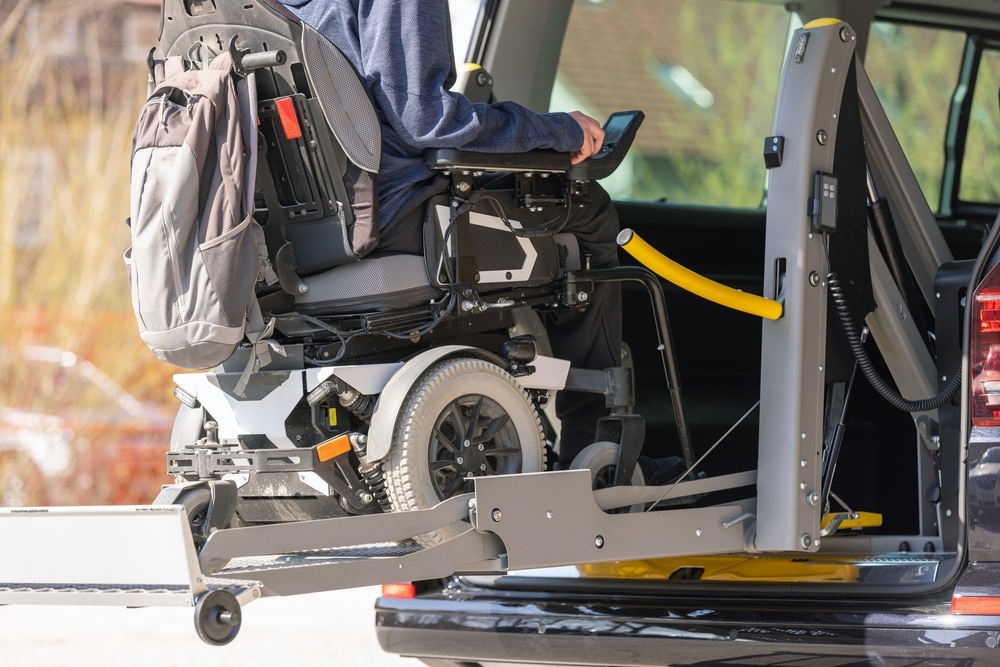
Frequently Asked Questions (FAQs)
What is assistive technology under the NDIS?
It refers to any item or system that helps someone complete tasks they could not otherwise do safely or independently due to disability. It ranges from basic aids to complex devices.
Who can prescribe assistive technology?
Allied health professionals (most often occupational therapists, speech pathologists, and physiotherapists) conduct assessments, recommend devices, and help trial the best options.
What funding is available for elderly individuals not on the NDIS?
Older adults may access AT through My Aged Care, community services, equipment loan pools, or private OT assessments.
Do people need training to use assistive technology?
Yes. MDTs provide training for the individual and their carers to ensure safe, effective, and confident use of the selected tools.
Can smart home technology be considered assistive tech?
Absolutely. If used to reduce disability-related barriers (e.g. to mobility, memory, strength), systems like Siri, Alexa, or smart lighting fall under the AT umbrella.
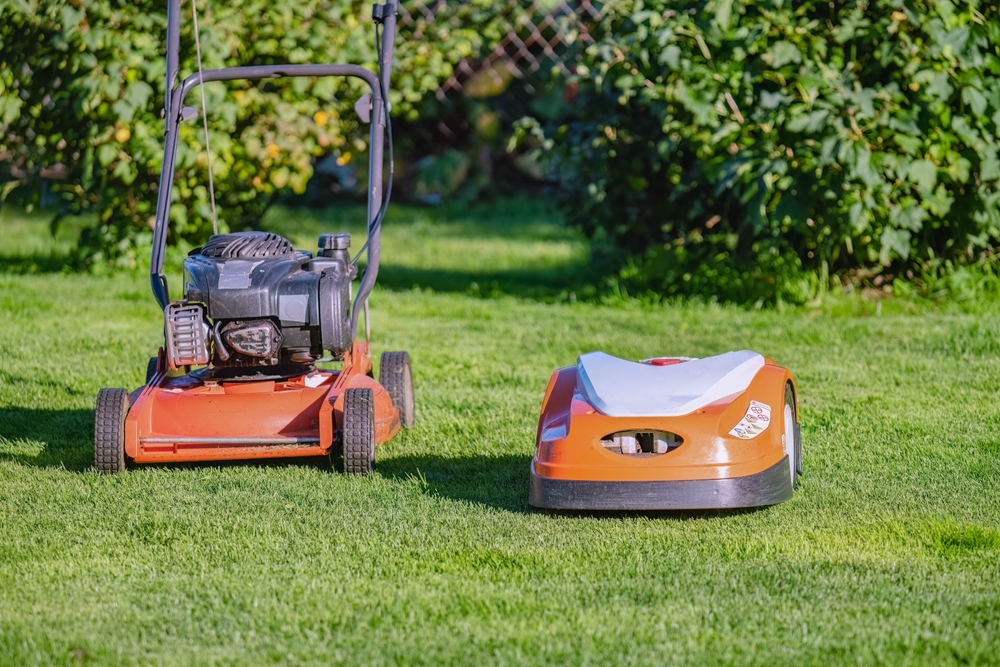
Final thoughts
Assistive technology is about enhancing the human experience. Whether it is an app that speaks for someone, a robot that cleans the floors, or a simple rail in the shower, assistive technology, when used effectively, can restore independence, preserve dignity, and bring peace of mind to individuals and families alike.
With the right support from an Multi-Disciplinary Team, assistive technology is life-changing.
Next Steps
Call 1300 731 733 or book online to speak with an allied health professional about assistive technology assessments, home modifications, or device trials.
• Explore our Allied Health Services
• Read our blog on in-home OT assessments for AT
You can also:
- Ask your NDIS support coordinator or Aged Care provider about AT funding
- Request an OT home visit to assess safety and function
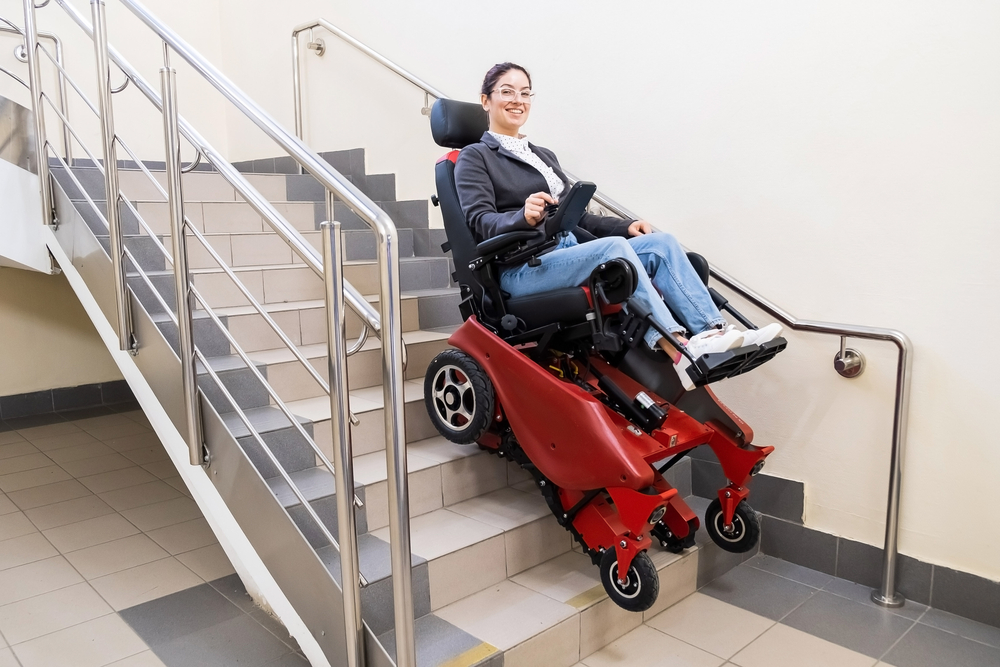
Date Published: Tuesday, July 8, 2025
Locate a Occupational Therapy
Service Near me
Get the experience & convinence you deserve to support your or a loved one's allied health needs.
Our Occupational Therapy team are currently serving & taking appointments in the following states and regions in Australia:
Need to get into direct contact with ur Client Services team? We're all ears. Call our team directly on 1300 731 733



